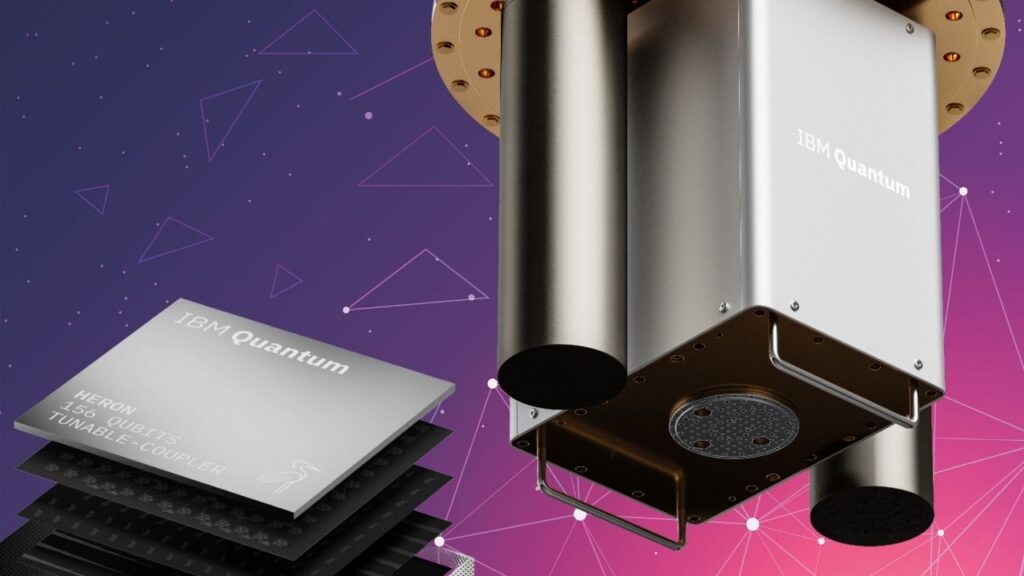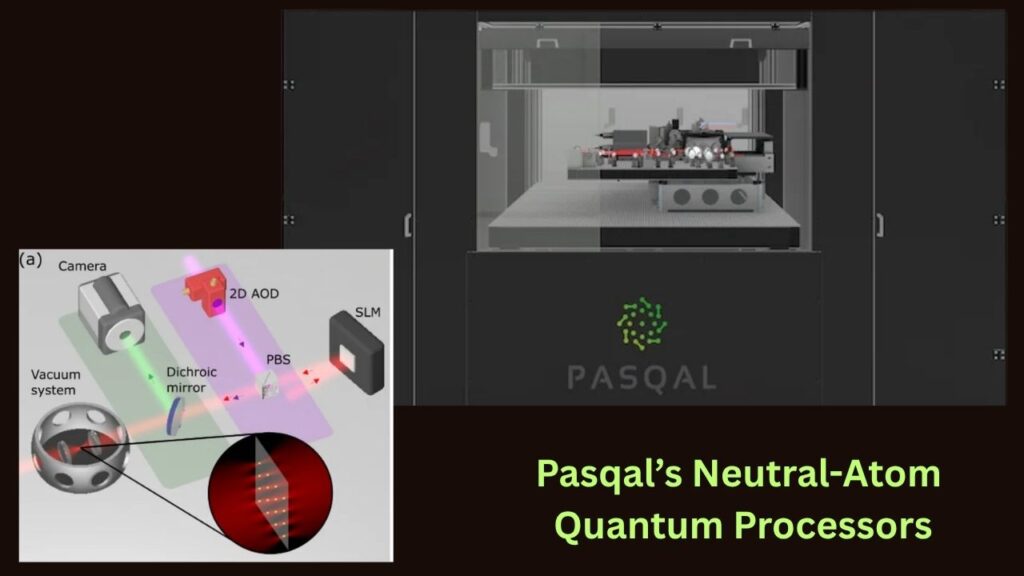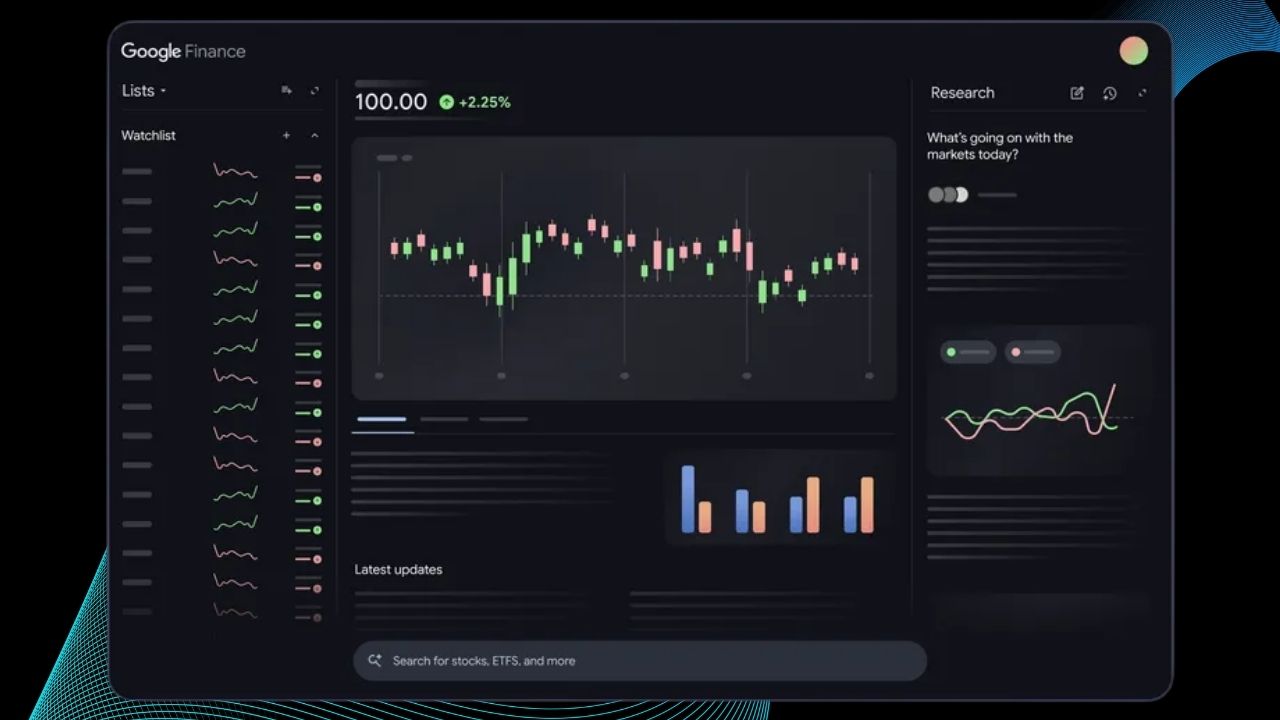Quantum‑Centric Supercomputing Collaboration: Quantum computing is stepping into a new era, and the world is watching closely. The recent quantum-centric supercomputing collaboration between IBM and Pasqal marks a pivotal moment in technology, promising to blend the best of quantum and classical computing for breakthroughs in science, industry, and beyond. But what does this partnership mean for professionals, students, and curious minds? Let’s break it down in a way that’s easy to understand, yet packed with expert insights.

Quantum‑Centric Supercomputing Collaboration
| Topic | Details |
|---|---|
| Collaboration Partners | IBM (superconducting quantum computers) and Pasqal (neutral-atom quantum computers) |
| Core Objective | Develop a unified programming model for seamless integration of quantum and classical HPC resources |
| Software Foundation | Qiskit (IBM’s open-source quantum software) |
| First Milestone | Qiskit SDK users will soon access Pasqal’s neutral-atom quantum hardware |
| Target Domains | Chemistry, materials science, optimization, machine learning |
| Industry Impact | Accelerates adoption of quantum technologies in high-performance computing (HPC) |
| Official Source | Pasqal Newsroom |
The quantum-centric supercomputing collaboration between IBM and Pasqal is more than just a partnership—it’s a blueprint for the future of computing. By uniting quantum and classical resources, they are opening new frontiers for science, industry, and education. Whether you’re a curious student, a seasoned researcher, or a business leader, now is the perfect time to get involved, learn the tools, and prepare for the quantum-powered breakthroughs ahead.
What is Quantum-Centric Supercomputing?
Quantum-centric supercomputing is a new approach that combines the strengths of quantum computers with the power of traditional supercomputers. Instead of treating quantum computers as isolated tools, this model integrates them directly into high-performance computing (HPC) environments. Think of it as building a super team: each member (CPU, GPU, quantum processor) brings unique skills, and together they tackle problems that no single member could solve alone.
Why Does It Matter?
- Solves Harder Problems: Some challenges in chemistry, materials science, and logistics are too complex for even the fastest classical computers. Quantum computers can handle these by processing information in fundamentally new ways.
- Faster and More Efficient: By letting each type of computer focus on what it does best, hybrid workflows can deliver results faster and more efficiently.
- Bridges Today and Tomorrow: This approach helps industries use quantum technology now, even before fully fault-tolerant quantum computers are available.
How Are IBM and Pasqal Making This Happen?
1. Unified Programming with Qiskit
IBM and Pasqal are building a unified programming model using Qiskit, IBM’s open-source quantum software. This means developers and researchers can write code once and run it on different types of quantum hardware—IBM’s superconducting qubits or Pasqal’s neutral-atom processors—as well as classical CPUs and GPUs.
Example:
Imagine you’re a scientist simulating a new drug molecule. The most complex calculations might run on a quantum processor, while simpler steps use classical computers. With this unified model, you don’t need to switch tools or rewrite code for each part—Qiskit handles the orchestration.
2. Seamless Hardware Integration
The collaboration will allow quantum and classical computers to work together in the same workflow. Users can choose the best hardware for each task, maximizing efficiency and performance.
Example:
A logistics company could use quantum computers to optimize delivery routes (a very hard problem for classical computers) and use classical computers for data management and reporting.
3. Open-Source and Community-Driven
Both companies are committed to open-source principles. By involving the global technical community, they aim to accelerate innovation and ensure that the new tools are accessible to everyone—from students to enterprise researchers.
4. Focus on Real-World Applications
The first focus areas are chemistry and materials science, where quantum computers can already make a difference. For example, simulating chemical reactions or discovering new materials for batteries and solar panels.
The Technology Behind the Scenes
IBM’s Superconducting Quantum Computers

IBM is a leader in superconducting quantum computers, which use tiny circuits cooled to near absolute zero to process quantum information. Their roadmap includes utility-scale quantum computers designed for real-world tasks.
Pasqal’s Neutral-Atom Quantum Processors

Pasqal uses neutral atoms trapped by lasers to build quantum processors. This technology is highly scalable and already demonstrates the ability to trap over 1,000 atoms in a single device. Pasqal is developing a 250-qubit processor, aiming to achieve “quantum advantage” (where quantum computers outperform classical ones) in real-world problems by 2026.
Step-by-Step Guide: How This Collaboration Impacts You
Step 1: Unified Access for Developers
- Developers and researchers can use the Qiskit SDK to access both IBM and Pasqal quantum hardware.
- No need to learn multiple programming languages or tools—Qiskit provides a single, familiar interface.
Step 2: Hybrid Workflows Become Standard
- Workflows can include CPUs, GPUs, and quantum processors.
- Tasks are automatically assigned to the most suitable hardware, making computations faster and more efficient.
Step 3: Real-World Problems Get Solved
- Early focus on chemistry and materials science, with expansion to optimization, logistics, and machine learning.
- Companies and institutions can start experimenting with quantum-centric solutions today, preparing for the future.
Step 4: Community and Industry Involvement
- Open-source approach encourages contributions from universities, startups, and enterprises.
- Regional technical forums and global partnerships will help spread best practices and accelerate adoption.
Practical Advice for Professionals and Students
- Start Learning Qiskit: As the unified programming model, Qiskit is your gateway to quantum-centric supercomputing. Free tutorials and resources are widely available.
- Follow Industry Roadmaps: Keep an eye on IBM’s and Pasqal’s technology roadmaps for updates on hardware capabilities and new features.
- Join the Community: Participate in open-source projects, forums, and technical events to stay ahead of the curve.
- Experiment with Hybrid Workflows: If you’re in research or industry, begin exploring how quantum and classical computing can work together in your field.
- Prepare for Quantum Advantage: Pasqal’s 250-qubit processor aims to demonstrate quantum advantage by 2026. Understanding today’s tools will position you for tomorrow’s breakthroughs.
Breakthrough in Electron Microscopy Captures Individual Nanoparticles with Unprecedented Precision
New Quantum Glasses Could Unlock Optimal Error Correction Codes for More Stable Quantum Computers
FAQs About Quantum‑Centric Supercomputing Collaboration
What is quantum-centric supercomputing?
Quantum-centric supercomputing is the integration of quantum and classical computing resources into a single, unified workflow. This allows each type of computer to tackle the parts of a problem it’s best suited for, leading to faster and more efficient solutions.
Why are IBM and Pasqal collaborating?
IBM and Pasqal are combining their expertise—IBM in superconducting qubits, Pasqal in neutral-atom processors—to create a powerful, flexible platform for quantum-centric supercomputing. Their goal is to accelerate real-world adoption and solve complex problems that classical computers struggle with.
What is Qiskit and why is it important?
Qiskit is IBM’s open-source quantum software development kit (SDK). It allows users to write and run quantum programs on different hardware platforms, making it the foundation for the unified programming model in this collaboration.
Who can benefit from this collaboration?
Researchers, scientists, students, and industry professionals in fields like chemistry, materials science, optimization, and machine learning will benefit most in the early stages. As the technology matures, more industries will be able to leverage quantum-centric supercomputing.
How soon will these advancements be available?
The first step—Qiskit SDK access to Pasqal’s hardware—is rolling out soon. Pasqal targets a 250-qubit processor demonstrating quantum advantage by 2026, with ongoing improvements and global HPC installations throughout 2025.










